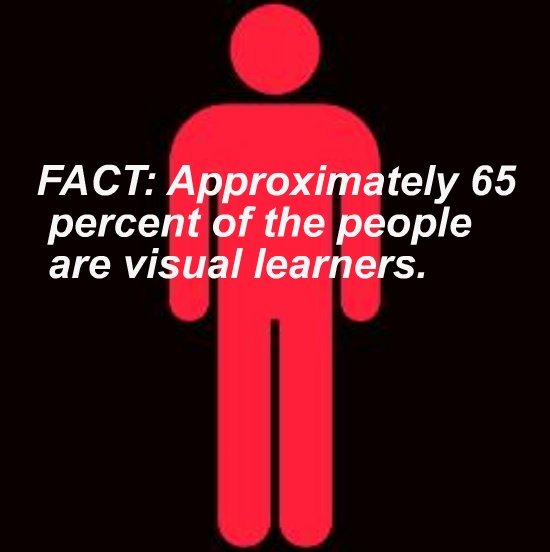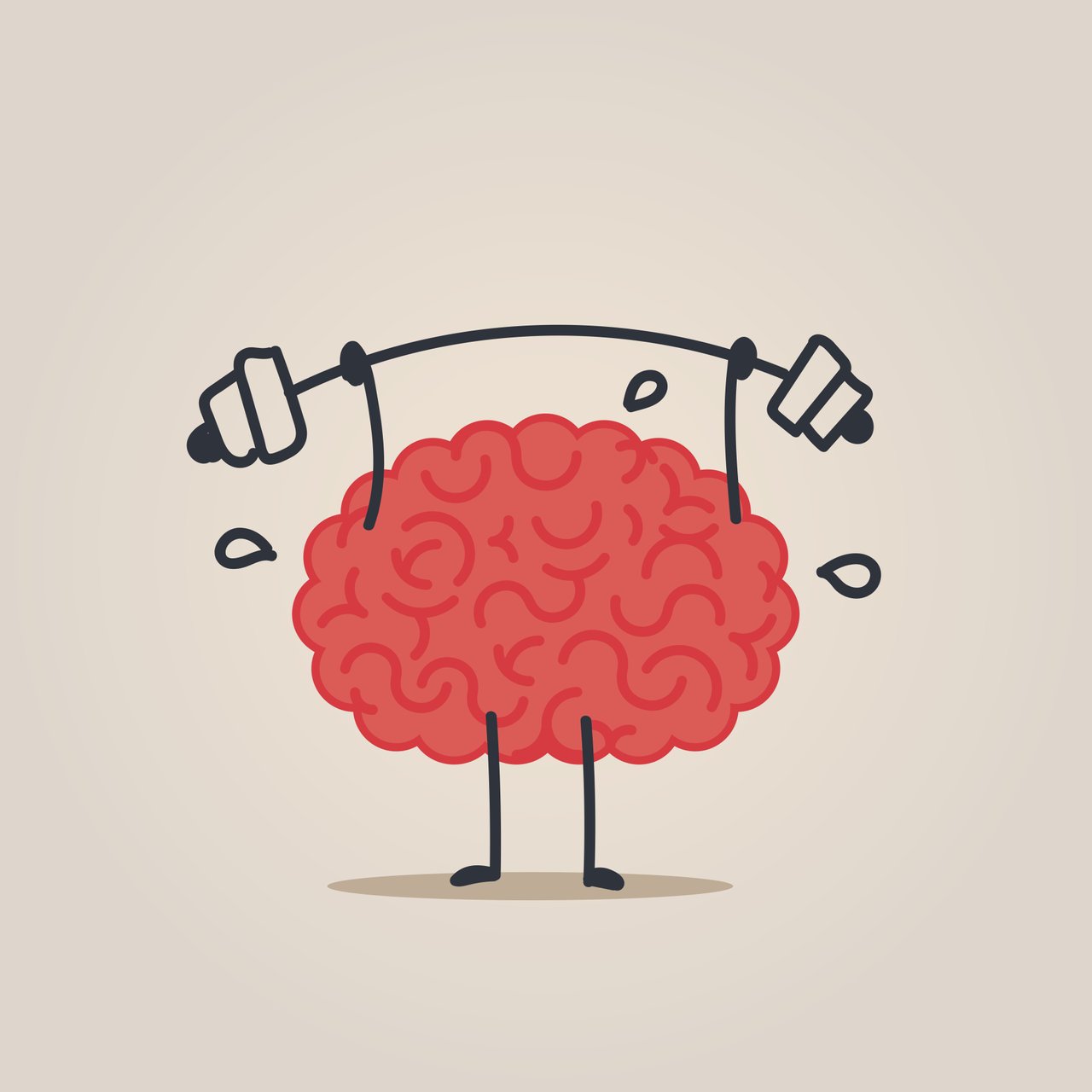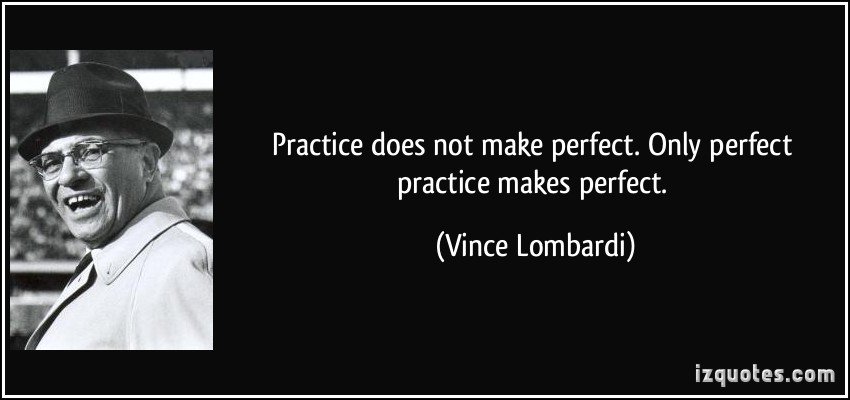1. Speed reading.

We know that many successful entrepreneurs read as a daily habit. For example, Warren Buffett developed the habit of reading several hours every day.
The average reader reads at approximately 200 to 400 words per minute. The expert speed reader can do read 1,000 to 1,700 words per minute. It’s no surprise that there’s tremendous value in being able to read quickly and efficiently.
Speed reading encompasses skills such as chunking (reading groups of words instead of one word by one word), minimizing subvocalization (reducing the habit of saying the words in your head as your read), skimming (reading through a paragraph quickly to look for important and related information), and meta-guiding (using a tool such as a pen to guide your eyes in your reading).
Speed reading requires practice but once you instill the skill as a habit, you will be able to get through much more information within a shorter time period.
2. Control your learning environment.

Have you noticed that there are times in the day when you are in the flow and learning seems easy but then there are other times when nothing is sinking in and it feels like you are fighting an uphill battle? We all have biological rhythms for our sleep, body temperature and even peak mental state. Figure out when you are most alert and aware and use that time to do your learning.
Being in a fearful, disorganized and stressed state will also block access to your inner stores of creativity and intelligence. To put yourself in an optimum learning mode, choose a safe, reasonably organized, and comfortable environment. Take deep breaths to help you relax and focus.
There is also research indicating that varying the room temperature can also influence your ability to learn. Try to maintain your room temperature between 72 degrees and 80 degrees Fahrenheit in order to optimize your learning ability.
3. Take notes.

Taking notes helps our brains to analyze and synthesize the information that we are learning. The very act of writing makes our brains think that we are undergoing a mini-rehearsal of the information.
Research has shown that making notes using a keyboard does not help students remember the information as well as writing it down. Writing is much slower than typing and when writing, we are forced to make quick judgments about the information that we are hearing. When we type on a keyboard, often we are not thinking about the information but merely copying it word for word.
To increase your learning speed, try to develop the habit of making hand-written notes.
I am a big fan of using tools like Evernote to sync all my notes across all my devices. It can scan and read written notes, and keep track of audio notes. This gives me confidence in the fact that I’ll never misplace an important note no matter how I decide to create the note.
4. Combine all learning modalities.

All of us have preferred learning modalities: visual, auditory, reading/writing and kinesthetic (VARK). If you are a visual person, you will find learning a lot easier if you see the new material presented visually, such as through pictures, diagrams or PowerPoint. If you learn best by listening, then you will love podcasts, interviews, and audiobooks. Those with a reading or writing modality learn best when they can read the information and write down notes. If you are kinesthetically-inclined, you learn better when you can use your hands and physically touch or try something out for yourself.
By understanding what your preferred learning modality is, you can speed up your absorption of information by choosing a learning system that supports your modality.
For even faster learning, combine all modalities. For example, if you are reading about coding skills from an article, read it out loud to yourself and draw a mind map while you are doing this. Then immediately try the code on your website.
5. Create mental associations.
You can shorten your learning time by creating mental associations to link what you already know to new information. Techniques such as using a familiar acronym or rhyme to help you remember different types of marketing sequences, using favorite colors to help you remember algorithms or visualizing something interesting about a client to help you remember their name are all ways for you to create mental associations.
The more mental association techniques you know how to employ, the easier it will be for you to increase your learning speed.
6. Exercise your brain.

A brain is just like any muscle in your body -- the more you exercise it, the more effective it becomes. Try learning something new, set yourself a new challenge or use fun resources like BrainHQ and Lumosity to increase your attention, memory, cognitive abilities and brain speed. The more you train and exercise your brain, the faster your learning will be.
7. Listen to alpha state-inducing music.

We have four major types of brainwave patterns: alpha, beta, theta and delta. Out of these, the alpha state (approximately eight to 13 Hz) is where our concentration is best and peak learning is easily achieved.
You can help your brain to enter into the alpha state by listening to music with a beat of eight to 13 Hz (such as baroque music) while you are learning. Even if you don’t like baroque music, you can use other types of music with similar beats. Try to avoid music with singing as lyrics can be distracting.
8. Modified practice after six hours.

Malcolm Gladwell first popularized the concept of deliberate practice in his book "Outliers: The Story of Success." Deliberate practice is practicing with intentional focus on skill improvement and focusing on growing out of one’s comfort zone. In his book, Gladwell uses the concept of deliberate practice to explain why some athletes and musicians improve so much faster than others.
More recent research has found that by modifying your practice slightly, you increase your learning speed, especially if you are trying to learn motor skills. This is because the process of modifying your practice supports brain reconsolidation where existing memories are strengthened with new knowledge. The ideal time to do your modified practice is six hours after your first practice as the brain takes about six hours to do its reconsolidation work.
9. Get hands-on experience.

Nothing beats learning like actual hands-on experience. Textbook knowledge transforms into something much more useful when we can combine it with practical knowledge.
For example, you can read as much as you want about share investing but until you actually buy your first shares of stock, you won’t understand what the process actually entails and what it is like to put real money on the line.
Another alternative is to fully immerse yourself in the experience of learning. For example, if you were trying to learn Spanish, spend a few months living in Mexico and don’t allow yourself to use any English while you are there. You will pick up the language a lot quicker than using audiobooks and textbooks.
10. Teach someone else what you are learning.

When you teach someone else what you are learning, you retain approximately 90 percent of what you have just learned, especially if you do this immediately after learning.it yourself.
By sharing your knowledge with someone else, not only are you helping someone else but you will also discover quickly how well you know your subject and discover any gaps.
Build these ten habits into your learning and you will be amazed how quickly your learning speed will increase.
